This transboundary initiative involved six Spanish and Portuguese partners working together to improve the conservation status of migratory fish populations in the Miño River by removing obstacles and relocating migratory fish, as well as restoring 9 000 hectares of protected habitats along the river.
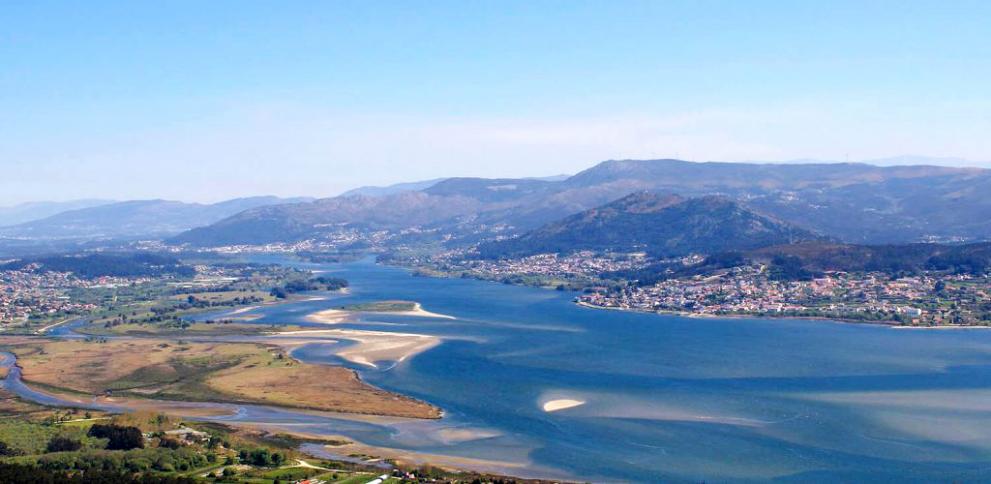
About the project
- Main applicant
Dirección General de Patrimonio Natural. Consejería de Medio Ambiente, Territorio y Vivienda. Xunta de Galicia
- Category
Cross-border cooperation
- Countries involved
Portugal, Spain
- Main N2000 site
Baixo Miño (ES1140007)
Overview
This transboundary initiative - the Interreg Migra Miño-Minho project - involves collaboration between six government and scientific institutions in Spain and Portugal and focuses on the watershed of the Miño River, which forms around 80 kilometres of the Spanish-Portuguese border. Activities were carried out in six Natura 2000 sites: four in Spain and two in Portugal. In addition, the actions had a positive impact in two additional Natura 2000 sites, one in each country.
The cooperation aimed to address the decline in migratory fish species which has been caused mainly by the degradation of River Miño habitats due to dam development, as well as by over-fishing.
To tackle these threats, the partners carried out a range of activities including the removal or permeabilisation of 11 obstacles and the patenting of an innovative fish ladder technology which recovered and made 44 km of waterways accessible to migratory fish in four tributaries. The project also translocated 300 000 small eels and 117 000 juvenile salmon to different tributaries in both countries.
A coordinated and standardised strategy between the two countries was also established to develop river management standards and fishing regulations for the Miño River. Finally, the project raised awareness of the local population and fishermen about the importance of the conservation and improvement of migratory fish populations.
The results included the improvement of the main migratory fish species found in the river - salmon, eel, shad, sea trout and lamprey - and of the conservation status of 9 027 hectares of river habitats – including the EU priority alluvial forests and Galicio-Portuguese oak woods.
The sustainability of the results is secured by a comprehensive and functional network involving the main stakeholders, and mechanisms to allow the continued implementation of the activities through the development and adoption of common management standards.

Protecting migratory fish in Spain and Portugal - videoProtecting migratory fish in Spain and Portugal - video 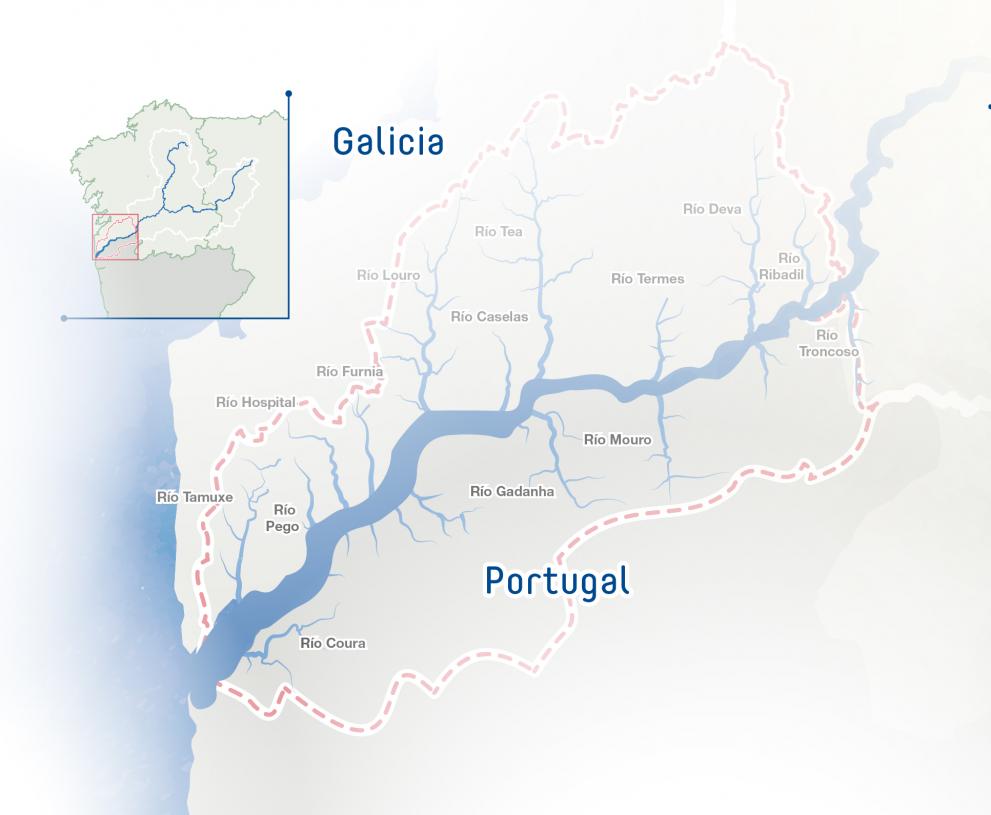

Protecting migratory fish in Spain and Portugal - Photo 1Protecting migratory fish in Spain and Portugal - Photo 1Xunta de Galicia, Universidade de Santiago de Compostela Protecting migratory fish in Spain and Portugal - Photo 2Protecting migratory fish in Spain and Portugal - Photo 2Xunta de Galicia, Universidade de Santiago de Compostela 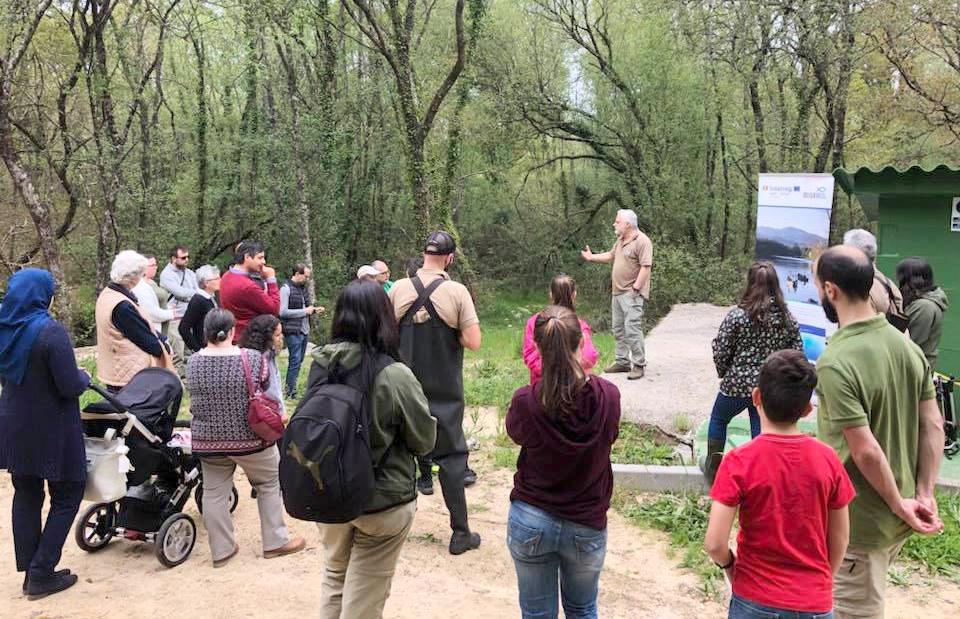

Protecting migratory fish in Spain and Portugal - Photo 3Protecting migratory fish in Spain and Portugal - Photo 3Xunta de Galicia, Universidade de Santiago de Compostela 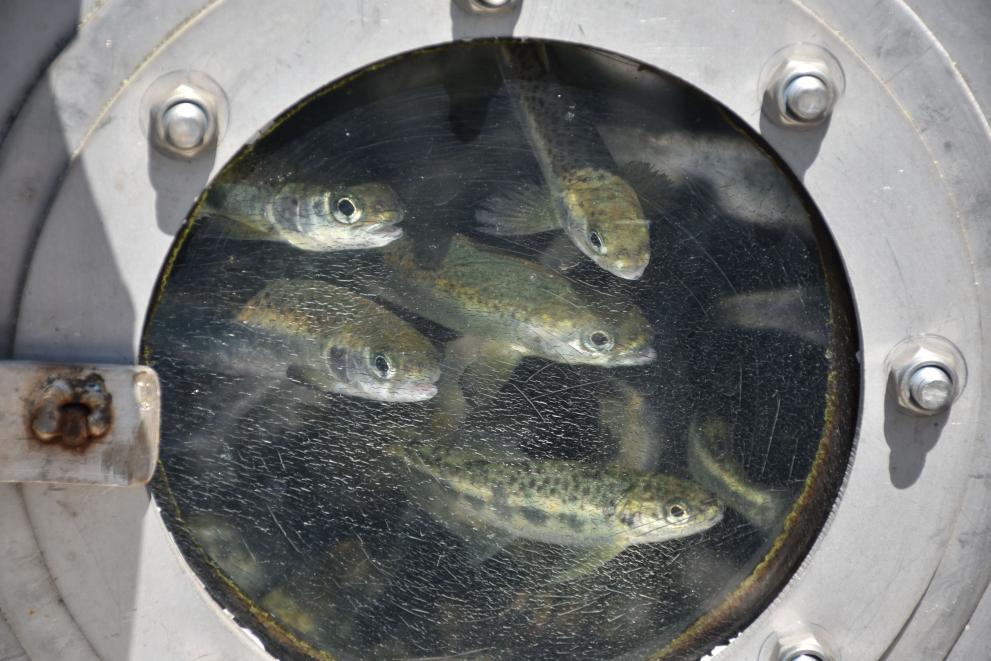

Protecting migratory fish in Spain and Portugal - Photo 4Protecting migratory fish in Spain and Portugal - Photo 4Xunta de Galicia, Universidade de Santiago de Compostela 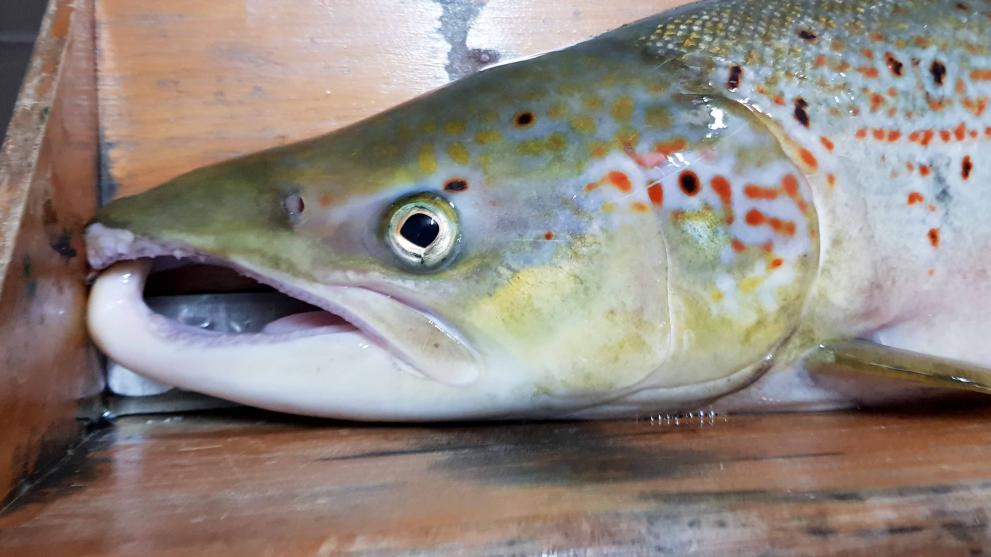

Protecting migratory fish in Spain and Portugal - Photo 5Protecting migratory fish in Spain and Portugal - Photo 5Xunta de Galicia, Universidade de Santiago de Compostela
